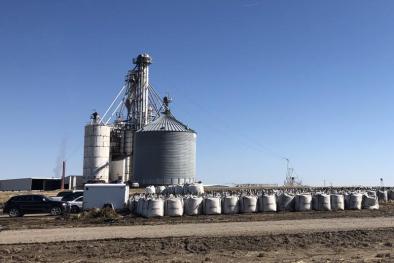The Fight to Tame a Swelling River With Dams That May Be Outmatched by Climate Change

There were no good choices for John Remus, yet he had to choose.
Should he try to hold back the surging Missouri River but risk destroying a major dam, potentially releasing a 45-foot wall of water? Or should he relieve the pressure by opening the spillway, purposefully adding to the flooding of towns, homes and farmland for hundreds of miles.
Mr. Remus controls an extraordinary machine — the dams built decades ago to tame a river system that drains parts of 10 states and two Canadian provinces. But it was designed for a different era, a time before climate change and the extreme weather it can bring.
“It’s human nature to think we are masters of our environment, the lords of creation,” said Mr. Remus, who works for the United States Army Corps of Engineers. But there are limits, he said. And the storm last week that caused him so much trouble was beyond what his network of dams can control.
“It was not designed to handle this,” he said.
The storm, the “bomb cyclone” that struck the upper Midwest, dumped its rain onto frozen soil, which acted less like dirt and more like concrete. Instead of being absorbed, water from the rain and melted snow raced straight into the Missouri River and its tributaries.
...
An imposingly large man with a neat mustache, Mr. Remus, 59, grew up in Western Nebraska and speaks deliberately. In his tidy, windowless office in Omaha, the main feature is a tabletop map of roughly half the United States. Over the course of several interviews, he discussed his work and said the Corps had not looked at climate change from a planning perspective.
“Scientists say that, in the Missouri Basin, we’ll be spending more time at each end of the spectrum — longer and more severe floods, longer and more severe droughts,” Mr. Remus said. And this year, he had “nothing but bad options.”
A 2012 report on climate change in the Missouri River Basin, commissioned by the Bureau of Reclamation (the Corps’ western equivalent) predicted by the middle of this century a roughly 6 percent average annual increase in upper-basin runoff and a bit more than a 10 percent increase in the lower river.
Related Content





